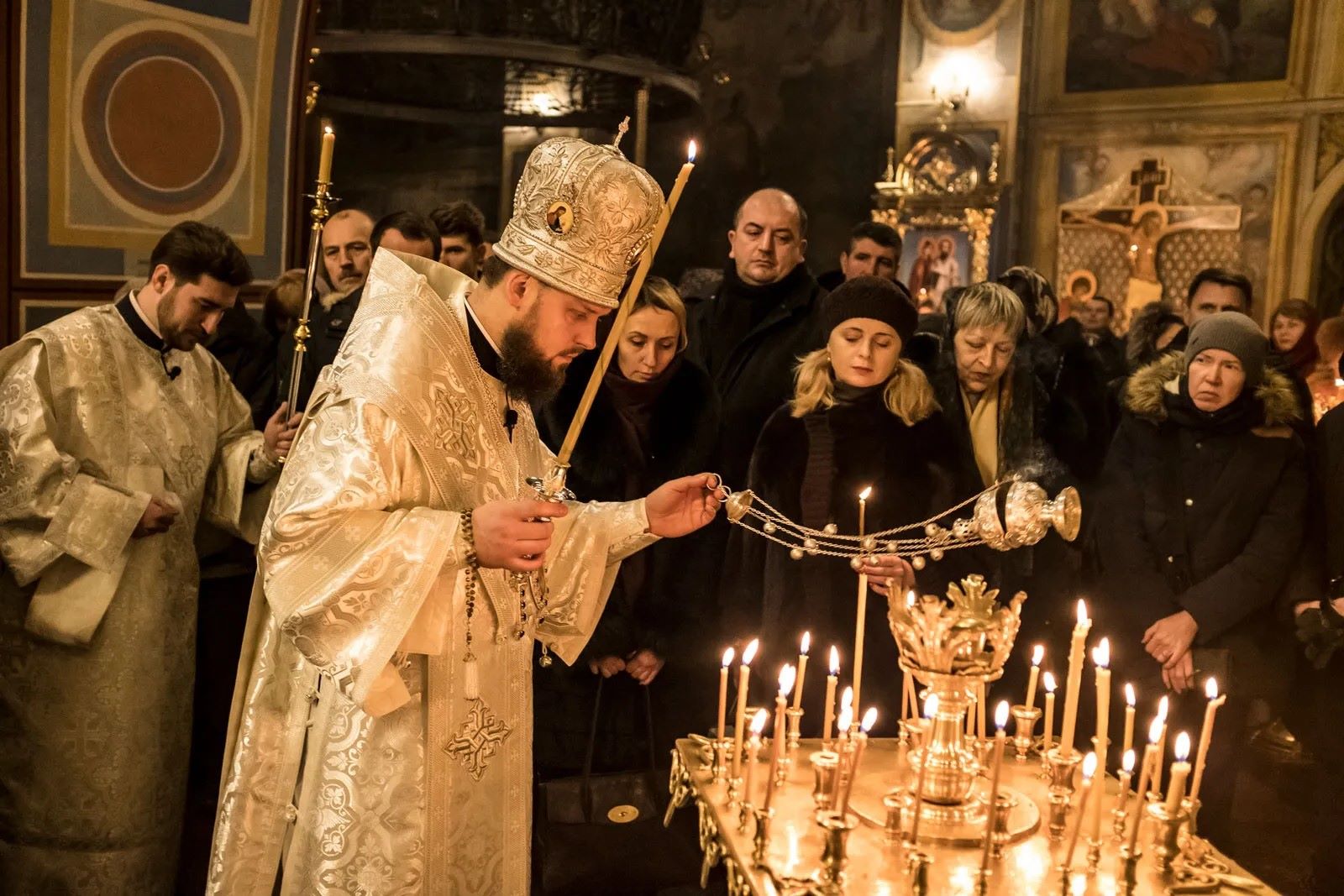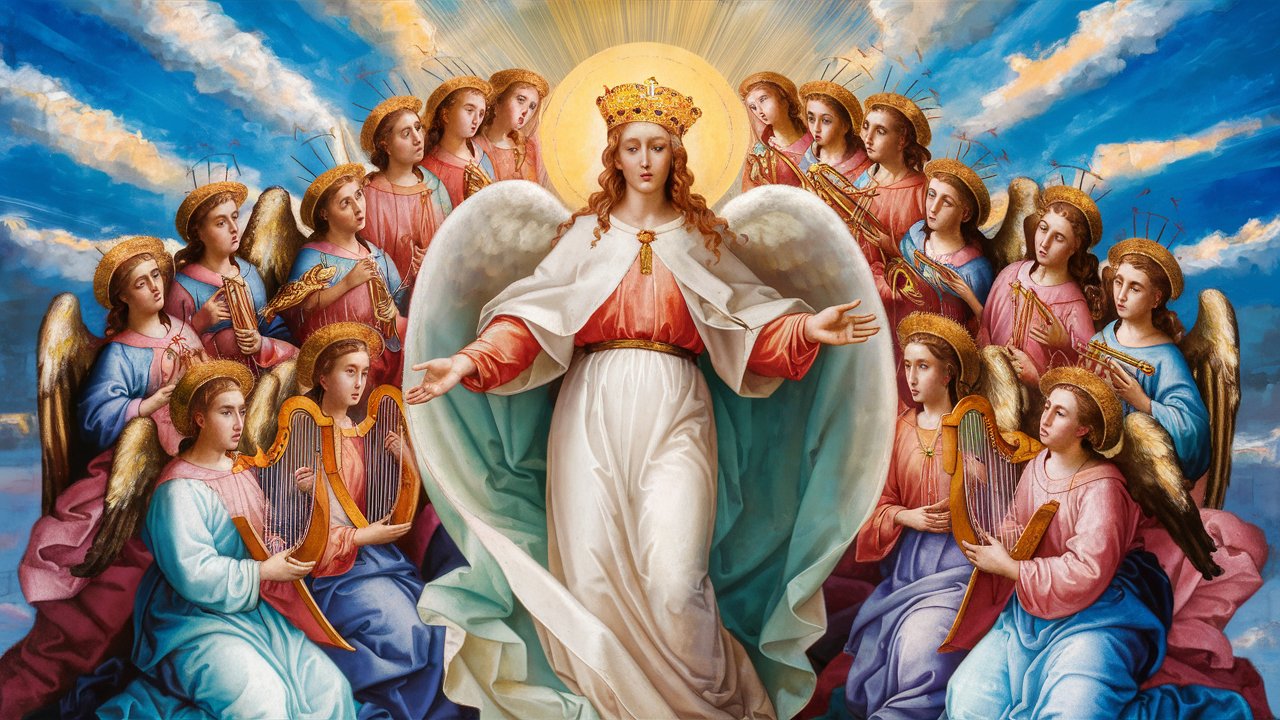
What is the Divine Liturgy? The Divine Liturgy is the central worship service in the Eastern Orthodox, Oriental Orthodox, and Eastern Catholic Churches. It's a time-honored ritual that brings together believers to celebrate the Eucharist, which is the Holy Communion. This sacred ceremony has deep roots in Christian tradition, dating back to the early days of the Church. It involves a series of prayers, hymns, and readings from the Bible, all performed in a specific order. The Divine Liturgy is not just a service; it's a spiritual journey that connects the faithful with God and each other. Whether you're a regular attendee or just curious, understanding the Divine Liturgy can enrich your spiritual life and deepen your appreciation for this ancient practice.
What is Divine Liturgy?
The Divine Liturgy is the central worship service in the Eastern Orthodox, Eastern Catholic, and some other Christian traditions. It's a rich, spiritual experience filled with rituals, prayers, and hymns. Here are some fascinating facts about this sacred ceremony.
-
The term "Divine Liturgy" comes from the Greek words "Theia Leitourgia," meaning "sacred service."
-
It is primarily celebrated in the Eastern Orthodox Church, Eastern Catholic Churches, and some Oriental Orthodox Churches.
-
The Divine Liturgy is equivalent to the Mass in the Roman Catholic Church.
Historical Origins
Understanding the roots of the Divine Liturgy helps appreciate its significance and evolution over time.
-
The Divine Liturgy traces its origins back to the Last Supper, which Jesus shared with his disciples.
-
The earliest forms of the Divine Liturgy were developed in the first few centuries of Christianity.
-
St. Basil the Great and St. John Chrysostom are credited with shaping the two most commonly used liturgies today.
Structure and Components
The Divine Liturgy is composed of several parts, each with its own unique elements and significance.
-
The service usually begins with the Liturgy of Preparation, where the bread and wine are prepared.
-
The Liturgy of the Catechumens follows, which includes readings from the Scriptures and prayers.
-
The Liturgy of the Faithful is the most sacred part, where the Eucharist is consecrated and distributed.
-
Hymns and chants play a significant role, with specific ones designated for different parts of the service.
Symbolism and Rituals
Every action and item used in the Divine Liturgy holds deep symbolic meaning.
-
The bread used is called the Prosphora, symbolizing the body of Christ.
-
The wine represents the blood of Christ, and both are consecrated during the service.
-
Incense is often used, symbolizing the prayers of the faithful rising to heaven.
-
The iconostasis, a wall of icons, separates the altar from the congregation, symbolizing the boundary between heaven and earth.
Participation and Roles
Different roles and levels of participation make the Divine Liturgy a communal experience.
-
The priest leads the service, performing the consecration of the Eucharist.
-
Deacons assist the priest, often reading the Gospel and leading certain prayers.
-
The choir and cantors lead the congregation in hymns and responses.
-
The faithful participate by singing, praying, and receiving the Eucharist.
Variations and Traditions
While the core elements remain the same, there are variations in how the Divine Liturgy is celebrated across different traditions.
-
The Liturgy of St. John Chrysostom is the most commonly used form in the Eastern Orthodox Church.
-
The Liturgy of St. Basil the Great is used on specific feast days and during Lent.
Final Thoughts on Divine Liturgy
Understanding the Divine Liturgy offers a deeper appreciation of its rich traditions and spiritual significance. This sacred ritual, central to many Christian denominations, isn't just a ceremony but a profound expression of faith. From the symbolic elements to the ritualistic practices, every aspect holds meaning. Knowing these 20 facts can enhance your experience and connection to the liturgy. Whether you're a regular attendee or a curious observer, this knowledge enriches your perspective. So next time you participate, remember the history, the symbolism, and the devotion that shape this timeless practice. Embrace the opportunity to engage more fully with the Divine Liturgy, appreciating its role in fostering community and spiritual growth.
Was this page helpful?
Our commitment to delivering trustworthy and engaging content is at the heart of what we do. Each fact on our site is contributed by real users like you, bringing a wealth of diverse insights and information. To ensure the highest standards of accuracy and reliability, our dedicated editors meticulously review each submission. This process guarantees that the facts we share are not only fascinating but also credible. Trust in our commitment to quality and authenticity as you explore and learn with us.


